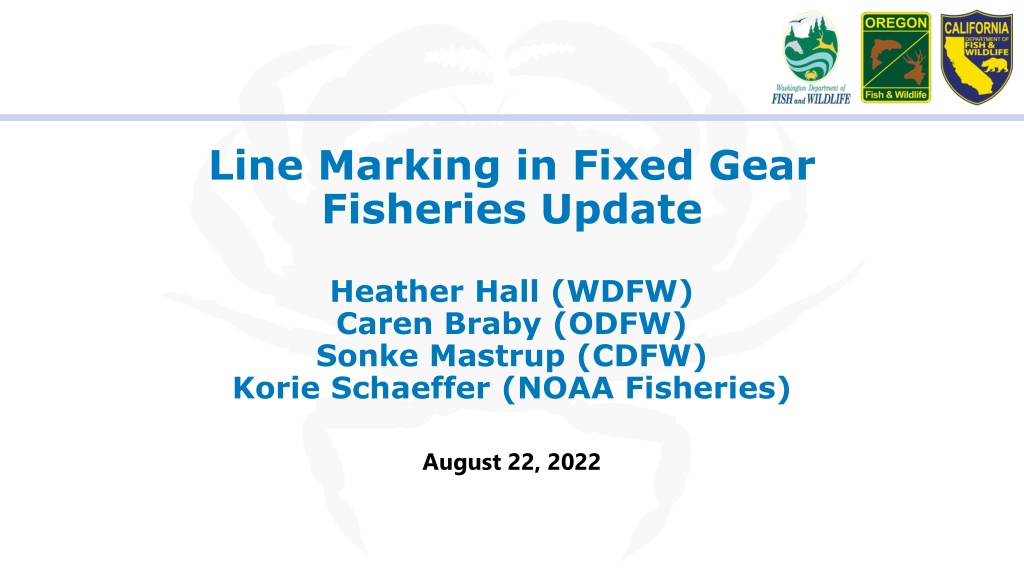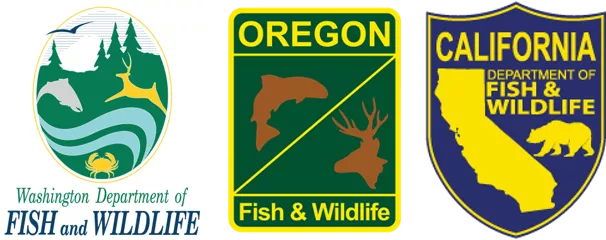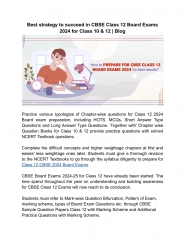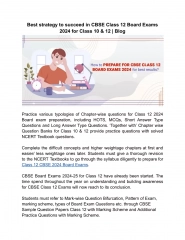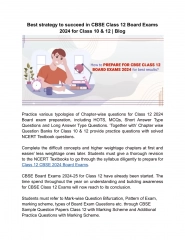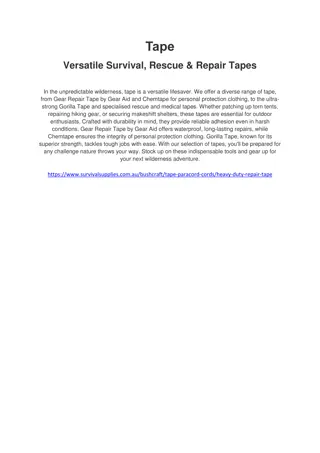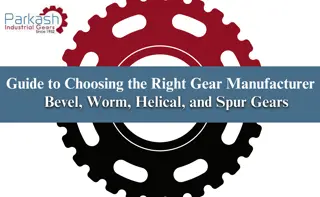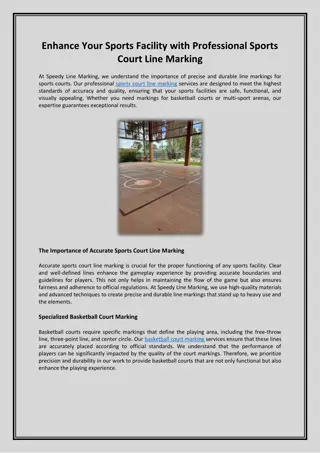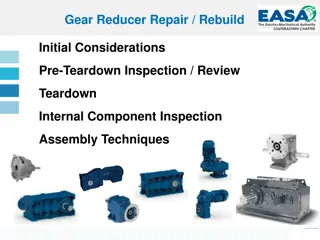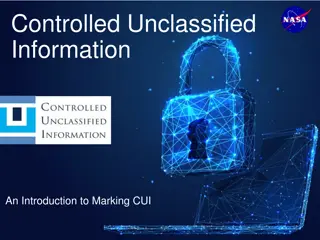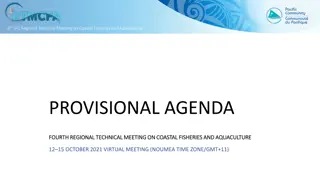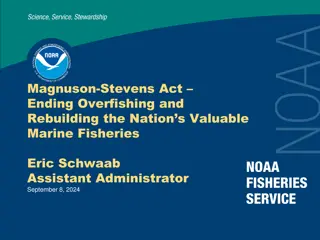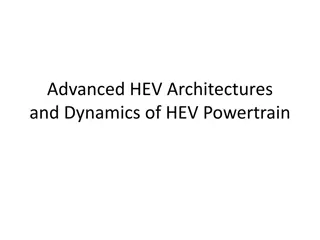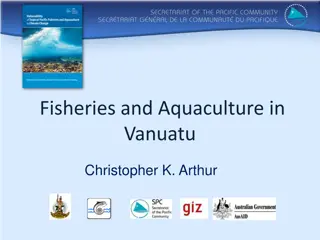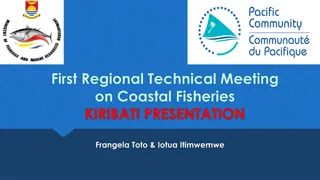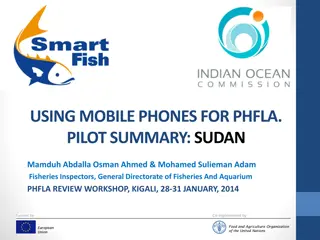Line Marking in Fixed Gear Fisheries Update
Line Marking in Fixed Gear Fisheries Update providing insights into the importance of line marking coordination, Tri-State goals, NMFS analysis on line marking success, and Washington Line Marking Requirement for Coastal Dungeness crab fishery gear.
Download Presentation

Please find below an Image/Link to download the presentation.
The content on the website is provided AS IS for your information and personal use only. It may not be sold, licensed, or shared on other websites without obtaining consent from the author.If you encounter any issues during the download, it is possible that the publisher has removed the file from their server.
You are allowed to download the files provided on this website for personal or commercial use, subject to the condition that they are used lawfully. All files are the property of their respective owners.
The content on the website is provided AS IS for your information and personal use only. It may not be sold, licensed, or shared on other websites without obtaining consent from the author.
E N D
Presentation Transcript
Line Marking in Fixed Gear Fisheries Update Heather Hall (WDFW) Caren Braby (ODFW) Sonke Mastrup (CDFW) Korie Schaeffer (NOAA Fisheries) August 22, 2022
Tri-State goals for line marking May 13, 2020 Tri-State line marking coordination discussion ~50% unattributed/unidentifiable gear in confirmed entanglements Barrier to solutions, burden on crab fisheries Agreed upon goals for current and future line marking regulations: 1) Identifiable and accurate 2) Visible (primarily in photographs) 3) Reasonable and cost-effective 4) Coordinated across West Coast Dungeness crab fisheries and expandable to other fixed gear fisheries, as desired 5) Environmentally friendly
NMFS line marking analysis: Summary conclusions (April 2022) With sufficiently marked gear including line marking in fixed fisheries, it could be possible to pursue negative attribution for those fisheries with at least some reported entanglements Line marking success will likely depend on having multiple marks present to increase the probability of detection More (and probably much larger) marks than currently required in WA Dungeness crab fishery would be necessary to provide a high likelihood for the detection of marks (or the potential for negative attributions) The top and upper portion of the gear is the most frequently documented part of the gear during entanglements (surface gear, including trailer buoy lines, up to 5 fm of vertical line) However, when buoys are not present to assist with identification, other portions of the gear (line) may be more commonly documented and will likely be necessary to mark to create a high likelihood for the detection of marks Marking line at least every few fathoms, especially in the top half of the gear, would give you the best chance to detect a line marking and/or determine negative attribution for reported entanglements
WA Line Marking Requirement WAC 220-340-430 Commercial crab fishery Gear requirements. (6) Coastal commercial crab fishery line requirements (b)(i) It is unlawful for a coastal Dungeness crab fishery license holder to use line that connects the main buoy to the crab pot that is not marked sufficiently to identify it as gear used in the Washington coastal Dungeness crab fishery. (ii) For each shellfish pot used in the Washington coastal commercial Dungeness crab fishery and rigged with line, that line must be marked with 12 inches of red in at least two places. At a minimum, 12 inches of line must be marked in red, no more than one fathom from the main buoy and no more than one fathom from the pot.
WA Line Marking 2 red markings total; methods of marking not specified
OR line marking prohibition OAR 635-005-0480 Dungeness Crab Buoy Tag and Gear Marking Requirements It is unlawful for commercial purposes to: (3) Use commercial Dungeness crab gear in the Columbia River or Pacific Ocean with a line mark that is required for any state or federal fishery, other than the Oregon Dungeness crab fishery, operating in the U.S. West Coast EEZ, or the state waters of Washington, Oregon, or California.
OR Line Marking Requirement In development Fall 2022 industry meetings Spring 2023 commission rule-making proposal Planned implementation 2023-2024 season Other Oregon fixed gear fisheries of note Sablefish (federal rules in development) Nearshore groundfish Hagfish Spot prawn Others
CDFW Public process Implementation timeline Other CA fixed gear fisheries of note
Tri-State Line Marking Workgroup Building on goals from 2020 Interest in working toward negative attribution Expanding line marking to other state managed fisheries Coordination with federal fixed gear fisheries Evolution of line marking to fishery specific line Multi-color marking system needed Funding support likely necessary
Line Marking Design Size Larger marks at surface increase likelihood that marks can be seen from platforms of opportunity (vessels, small planes, etc.) Smaller marks along body of main line reduce the burden (materials + labor) for fishers Color Distinct state colors improve likelihood that state of origin can be distinguished, or a negative attribution can be made Number, frequency, and placement Marks in the surface system and upper portion of main line cover the portion of gear set that has been most likely to be documented and available for potential detection of marks historically Marks along body of main line provide identification information when surface gear is not present Marks in/near the surface system and along body of main line provide opportunities for negative attribution Minimal space between marks increases likelihood that marks are seen together Solid marks Solid marks increase likelihood that marks can be seen from platforms of opportunity
Examples for West Coast Commercial Crab Fisheries Just to get the discussion started Washington Trailer buoy(s) Trailer buoy(s) California Trailer buoy(s) Oregon Main buoy Main buoy Main buoy One set of marks in the surface system One set of marks in the surface system One set of marks in the surface system 2 ft 2 ft 2 ft AND AND AND within the top 2 fathoms of the main line within the top 2 fathoms of the main line within the top 2 fathoms of the main line 2 ft 2 ft 2 ft One set of marks every 20 fathoms along the body of the main line One set of marks every 20 fathoms along the body of the main line One set of marks every 20 fathoms along the body of the main line 1 ft 1 ft 1 ft 1 ft 1 ft 1 ft *Space between different colored marks should be 6 in within each set
Examples for Other State-Managed Fixed Gear Fisheries Just to get the discussion started Hagfish Spot and Coonstripe Shrimp Poly ball (or bullet buoy) Poly ball (or bullet buoy) High flyer High flyer One set of marks in the surface system One set of marks within the top 2 fathoms of the main line One set of marks in the surface system One set of marks within the top 2 fathoms of the main line 2 ft 2 ft 2 ft 2 ft AND AND within the top 2 within the top 2 OR OR 2 ft 2 ft 2 ft 2 ft fathoms of the main line fathoms of the main line One set of marks every 20 fathoms along the body of the main line One set of marks every 20 fathoms along the body of the main line 1 ft 1 ft 1 ft 1 ft 1 ft 1 ft 1 ft 1 ft *Space between different colored marks should be 6 in within each set
NOAA Fisheries Sablefish fixed gear line marking workshop, winter 2022-2023
West Coast Fixed Gear Coordination State manager participation in NOAA fixed gear workshop(s) Other West Coast gear marking workshops? Funding for fishery transition costs? Centralized databases for registration of Line marks? (it will be needed for observers) Buoy color? Buoy brand/number?
